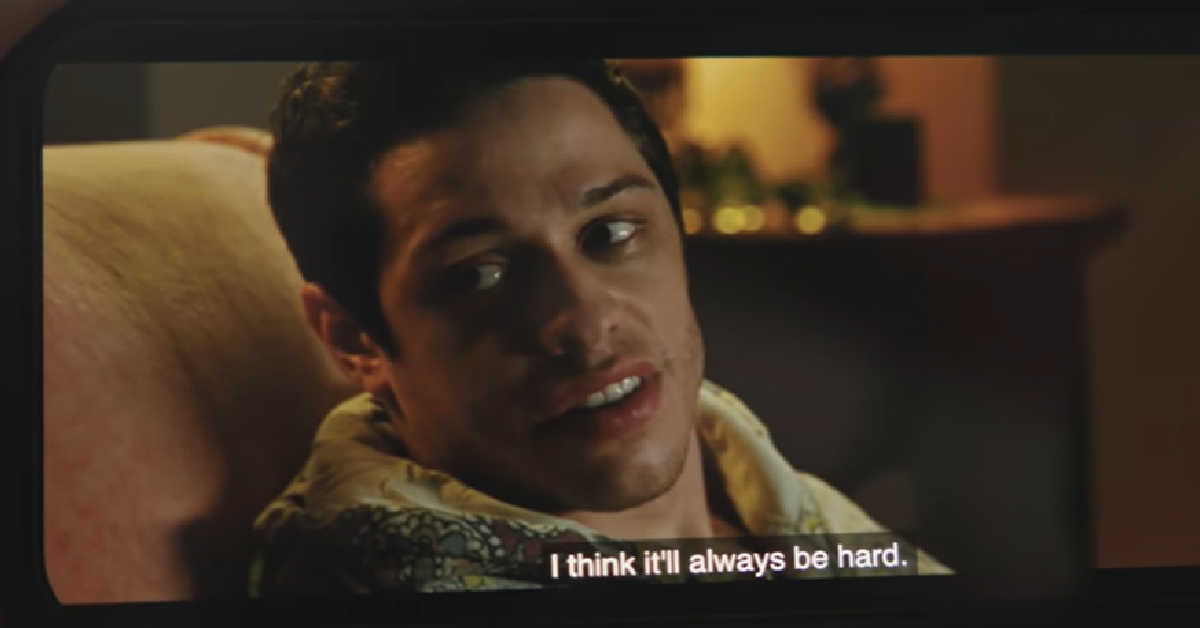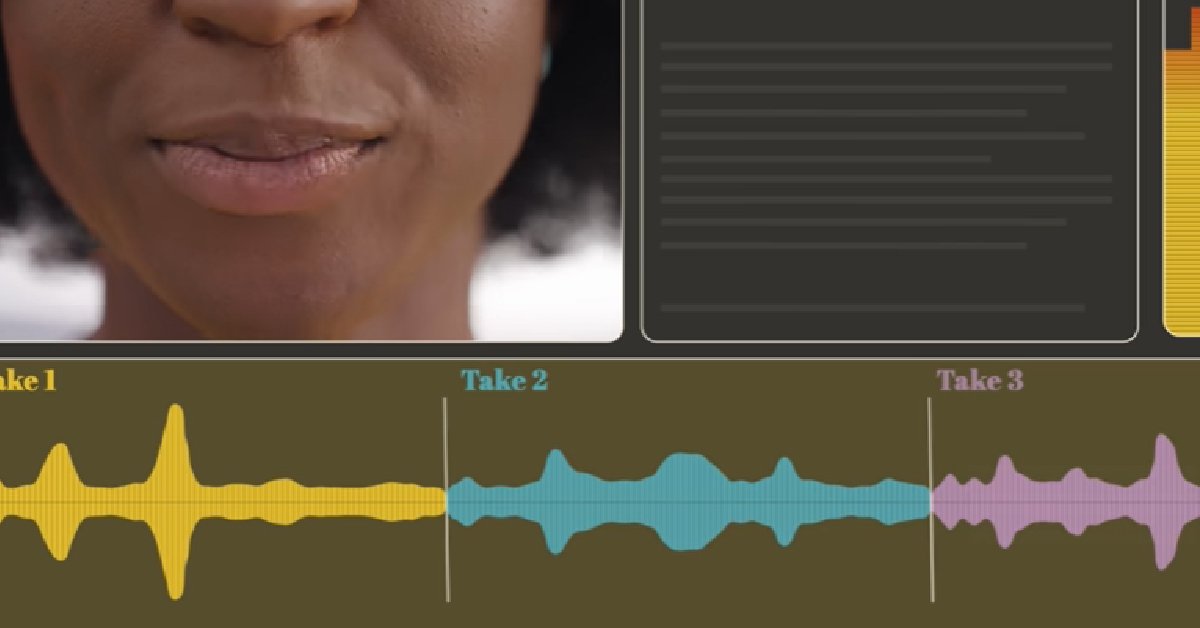If you starting to think that television and movie dialogue has gotten harder to understand, you are not alone and it is not an age thing.
As it turns out, lots of young people are in the same boat. This has led to a major rise in the number of people who are using subtitles when they watch television. While this may seem odd to some, Vox producer Edward Vega is here with an investigation.

“It’s not you — the dialogue in TV and movies has gotten harder to hear,” Vega shares in a Vox video. This is a major relief for all of us.
In order to make this point, Vega used the films of Christopher Nolan. Nolan’s films are the perfect example because the director has famously stated that he is not looking to create movies that are designed for small-screen viewing.

These decisions have consequences for the rest of us, though. As Vega explains, “Nearly every film of his has been criticized for its hard-to-hear dialogue that essentially begs for subtitles. …And in his 2017 interview with Indiewire, he said ‘We made the decision a couple of films ago that we weren’t going to mix films for substandard theaters.’ And this is kind of the crux of the matter.”
Now that everyone is watching movies on a smaller screen, this had a profound effect on audibility. Vega is sure to note the differences and he explains it in a manner that the layperson can easily understand. You do not have to be an audiophile to understand what is happening here.

“Rerecording mixers mix for the widest surround sound format that is available typically like big release films. That is Dolby Atmos…. which has true 3D sound up to 128 channels. The thing is, if you’re not at a movie theater that can showcase the best sound Hollywood has to offer…you can’t experience all of those channels,” Vega shares.
“A lot of people will ask like, ‘Why don’t you just turn the dialog up?’ Like, just turn it up. And… if only it was that simple. Because a big thing that we want to preserve is a concept called dynamic range. The range between your quietest sound and your loudest sound. If you have your dialog, that’s going to be at the same volume as an explosion that immediately follows it. The explosion is not going to feel as big,” adds sound producer Austin Olivia Kendrick. If you’d like to learn more, be sure to check out this awesome clip:













